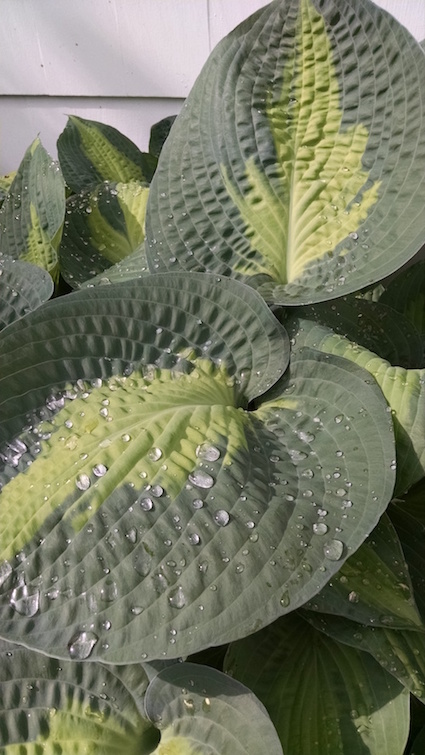The Chelsea Chop
Is it a new dance move? Is it the Clinton’s daughter’s new show on the Food Network? Is it a haircut?
It actually is a type of haircut.
One you give your plants.
The Chelsea Chop is a method of pruning that is typically done around the time of the Chelsea Flower Show at the end of May (hence its name) although any time in late spring or early summer is fine. This type of pruning can extend flowering, and decrease the floppiness of many herbaceous perennials.

There are two ways of doing “the chop”.
The first is to cut the entire perennial clump back by 1/3 to ½ using shears. This will delay blooming and keep the plant more compact. This is especially nice on plants that can get leggy like asters and phlox. With this method, you may have more flowers but they tend to be smaller since they formed on side branches after the top shoots were removed.
The second option and one that might feel less drastic is to cut only ½ of the stems back by 1/3 to ½. This will actually extend a bloom season as there are more stems in different stages of growth.
Good candidates for the Chelsea Chop include: upright sedum, Shasta daisy, goldenrod, yarrow, Joe Pye weed, bee balm, coneflower, and black-eyed Susans. Do not try the chop on woody sub-shrubs like Russian Sage or Lavender. It’s also important to make sure the plant is healthy and robust before the chop. If not it is less likely to recover.
Hosta for Dinner

Beef Up Your Beefsteak.

Did you know the same remedy for your headache can help you grow stronger tomatoes?
Aspirin has been shown to mimic a hormone in tomatoes that tricks the plant into thinking it has been attacked. This SAR (systemic acquired resistance) is a natural defense mechanism and when it is triggered it will result in a healthier, more fruitful plant.
Read More»
Follow Us!